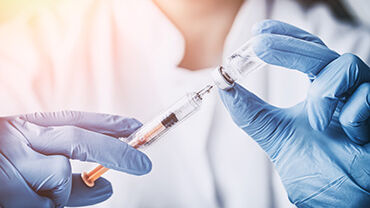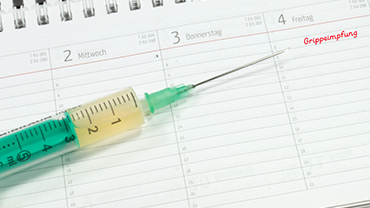Prevention and control measures for rubella
Rubella and measles are targeted for elimination in the WHO European region. The definition of elimination is interruption of indigenous transmission. Small outbreaks due to imported index cases are likely to still occur but circulation should end naturally after a limited number of generations, and the incidence should be below 1 case per 100 000 population. The rubella vaccine is a live attenuated vaccine. The most commonly used strain is Wistar RA 27/3 which has a seroconversion rate of 98% and induces secretory IgA antibodies, a quality that makes vaccination similar to natural infection and prevents reinfection with wild virus. All countries in Europe immunise against rubella with measles-mumps-rubella (MMR) vaccine, a combination vaccine with three live attenuated vaccines against measles, mumps and rubella respectively. Vaccination schedules by country can be found on ECDC’s Vaccine Scheduler. There are two licensed MMR vaccines in Europe: Priorix (GSK) and MMR II (Sanofi Pasteur), both of which contain the Wistar RA 27/3 attenuated rubella strain.
Seronegative women of child-bearing age and healthcare workers who need to be protected against rubella should continue to be offered rubella vaccine, usually as combined MMR vaccine.
In most of Europe, rubella antibody testing is offered to all pregnant women as part of their antenatal care. For practical reasons, the test is usually performed irrespective of immunisation history or previous laboratory reports of rubella specific IgG. If a pregnant woman is rubella antibody negative then MMR vaccine should be given post-delivery.






